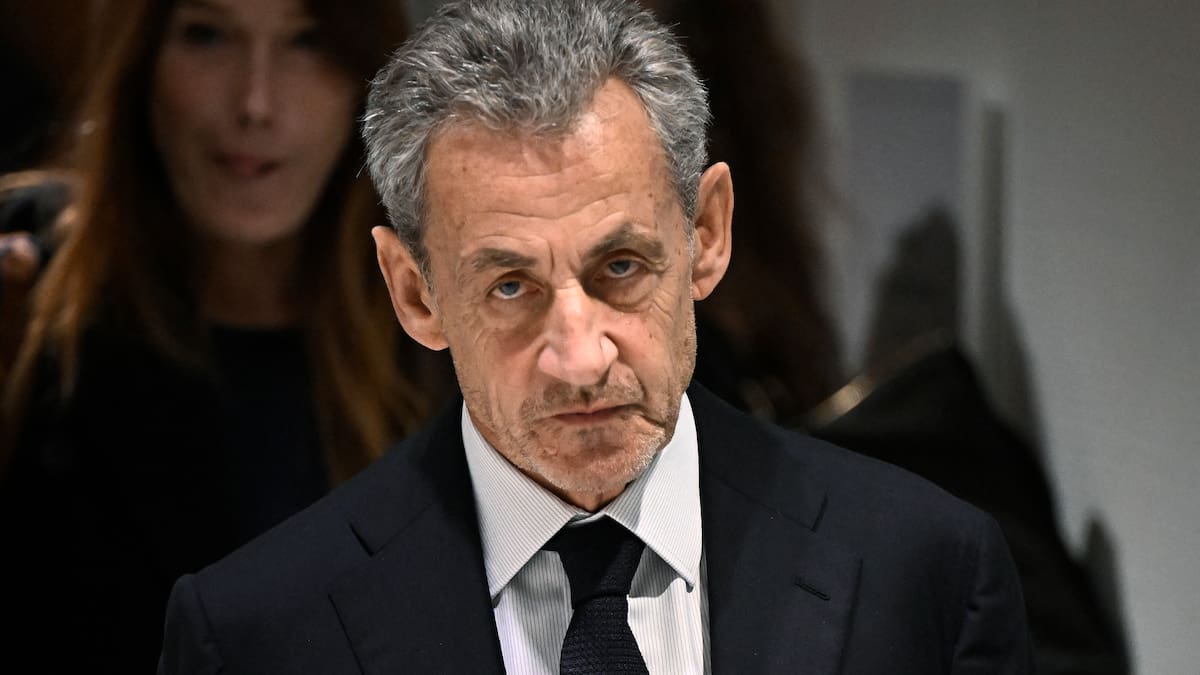Russia has been racing against India, whose Chandrayaan-3 spacecraft is scheduled to land on the moon’s south pole this week, and more broadly against China and the United States which both have advanced lunar ambitions.
“India’s Chandrayaan-3 is set to land on the moon on August 23,” the Indian Space Research Organisation (ISRO) posted on X, formerly Twitter, around the time news of the Luna crash broke.

A picture taken from the camera of the lunar landing spacecraft Luna-25 during its flight to the moon shows the mission emblem and the bucket of the lunar manipulator complex.Credit:
Russian officials had hoped that the Luna-25 mission would show Russia can compete with the superpowers in space despite its post-Soviet decline and the vast cost of the Ukraine war.
“The flight control system was a vulnerable area, which had to go through many fixes,” said Anatoly Zak, the creator and publisher of www.RussianSpaceWeb.com which tracks Russian space programs.
Loading
Zak said Russia had also gone for the much more ambitious moon landing before undertaking a simpler orbital mission – the usual practice for the Soviet Union, the United States, China and India.
Russian scientists have repeatedly complained that the space program has been weakened by poor managers who are keen for unrealistic vanity space projects, corruption and a decline in the rigour of Russia’s post-Soviet scientific education system.
More than a decade ago, the failure of the 2011 Fobos-Grunt mission to one of the moons of Mars underscored the challenges facing Russia’s space program: it could not even exit the earth’s orbit and fell back to earth, smashing into the Pacific Ocean in 2012.
Eventually, in the early 2010s, Russia settled upon the idea of the Luna-25 mission to the south pole of the moon. Luna-25 did manage to exit the earth’s orbit.
Loading
But its failure means that Russia may not be the first to sample the frozen water that scientists believe the south pole of the moon holds.
It was not immediately clear what long-term impact the failed mission would have on the country’s moon program, which envisages several more missions over coming years.
Reuters
Get a note direct from our foreign correspondents on what’s making headlines around the world. Sign up for the weekly What in the World newsletter here.






